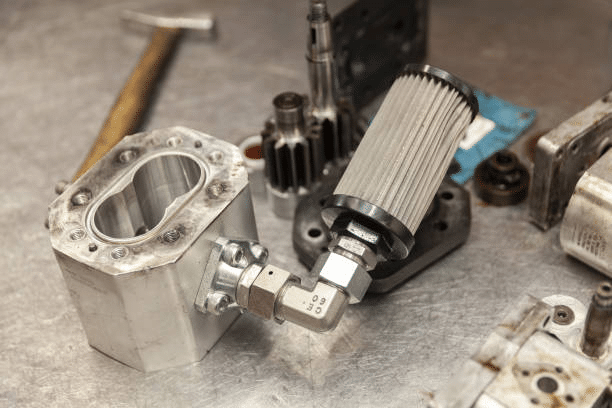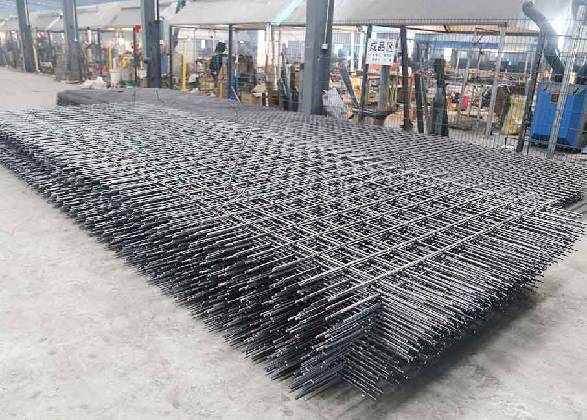3 Reasons Why Electric Linear Actuators are Changing the Face of Industrial Automation
The world of industrial automation is in the midst of a significant transformation, and at the heart of this evolution lies an essential innovation: electric linear actuators. These compact and powerful devices have quietly revolutionized how industries automate their processes. But how do they do this? Luckily, we will explore the top three key reasons electric linear actuators are changing the face of industrial automation.
Unparalleled Precision in Motion Control
Precision is the backbone of industrial automation, and electric linear actuators deliver it in spades. Unlike their hydraulic or pneumatic counterparts, an electric linear actuator motor offers precise control over positioning and movement. This level of accuracy is essential in industries where even a minor deviation from the desired path can lead to costly errors or compromised product quality.
Versatility in Application
One of the standout features of electric linear actuators is their versatility. These devices are engineered to excel in various applications across many industries. From adjusting the angle of solar panels to controlling the movement of robotic arms on factory floors, electric linear actuators can be tailored to meet specific automation needs. This adaptability makes them an invaluable asset for industries looking to optimize their processes efficiently.
Energy Efficiency as a Sustainability Driver
Sustainability is no longer a buzzword; it’s a driving force behind industrial practices. Electric linear actuators contribute significantly to sustainability efforts by offering energy-efficient solutions. Unlike hydraulic systems that continuously consume power, electric actuators only consume electricity when operating. It reduces energy wastage and lowers operational costs. Ultimately, it’s a win-win situation for industries aiming to minimize their environmental footprint.
Enhanced Safety and Reduced Maintenance
Industrial automation must prioritize safety. Electric linear actuators inherently contribute to a safer working environment. Unlike hydraulic systems that rely on pressurized fluids, electric actuators operate without hazardous materials, reducing the risk of leaks or accidents. They can be equipped with sensors and safety features to detect obstructions or unusual loads, preventing potential mishaps.
Lower Maintenance Costs
Maintenance is a significant aspect of industrial operations, and downtime can be costly. Electric linear actuators are designed for reliability and minimal maintenance. They have fewer components that require attention compared to hydraulic or pneumatic systems. It translates to less downtime, lower maintenance costs, and increased productivity.
Integration with Automation Systems
In the era of Industry 4.0, seamless integration with automation systems is paramount. Electric linear actuators are well-suited to this requirement. They can be easily incorporated into industrial networks and controlled remotely through digital interfaces.
This level of connectivity enables real-time monitoring, diagnostics, and adjustments, making them an essential component of smart factories and automated production lines.
Cost-Effective Long-Term Investment
When considering automation solutions, cost-effectiveness is a key factor. Despite their initial investment, electric linear actuators offer substantial long-term cost savings. Their energy efficiency reduces operational expenses over time, and their durability ensures a longer lifespan, reducing replacement and maintenance costs. Moreover, their precise control capabilities lead to higher product quality and reduced wastage, improving profitability.
Enhanced Efficiency and Productivity
Efficiency is the cornerstone of productivity in industrial settings. Electric linear actuators enhance efficiency by providing precise and repeatable motion control. It not only reduces errors and rework but also accelerates production cycles. Industries that adopt electric linear actuators can experience shorter lead times, quicker response to market demands, and improved operational efficiency.
Customization for Specific Needs
Every industry has unique automation requirements, and electric linear actuators can be customized to meet those needs. Whether adjusting the pitch of wind turbine blades for optimal energy capture or controlling the movements of medical equipment in healthcare settings, electric linear actuators can be tailored to specific applications. This customization ensures that industries get what they need to enhance their automation processes.
The Game Is Changing, But the Popularity Of Actuators Aren’t!
Electric linear actuators are ushering in a new era of industrial automation by offering unparalleled precision, versatility, energy efficiency, enhanced safety, reduced maintenance, and long-term cost-effectiveness. Industries embracing these innovative devices improve operational efficiency and contribute to sustainability efforts. As the industrial landscape continues to evolve, electric linear actuators are set to play a pivotal role in shaping the future of automation across various sectors.







